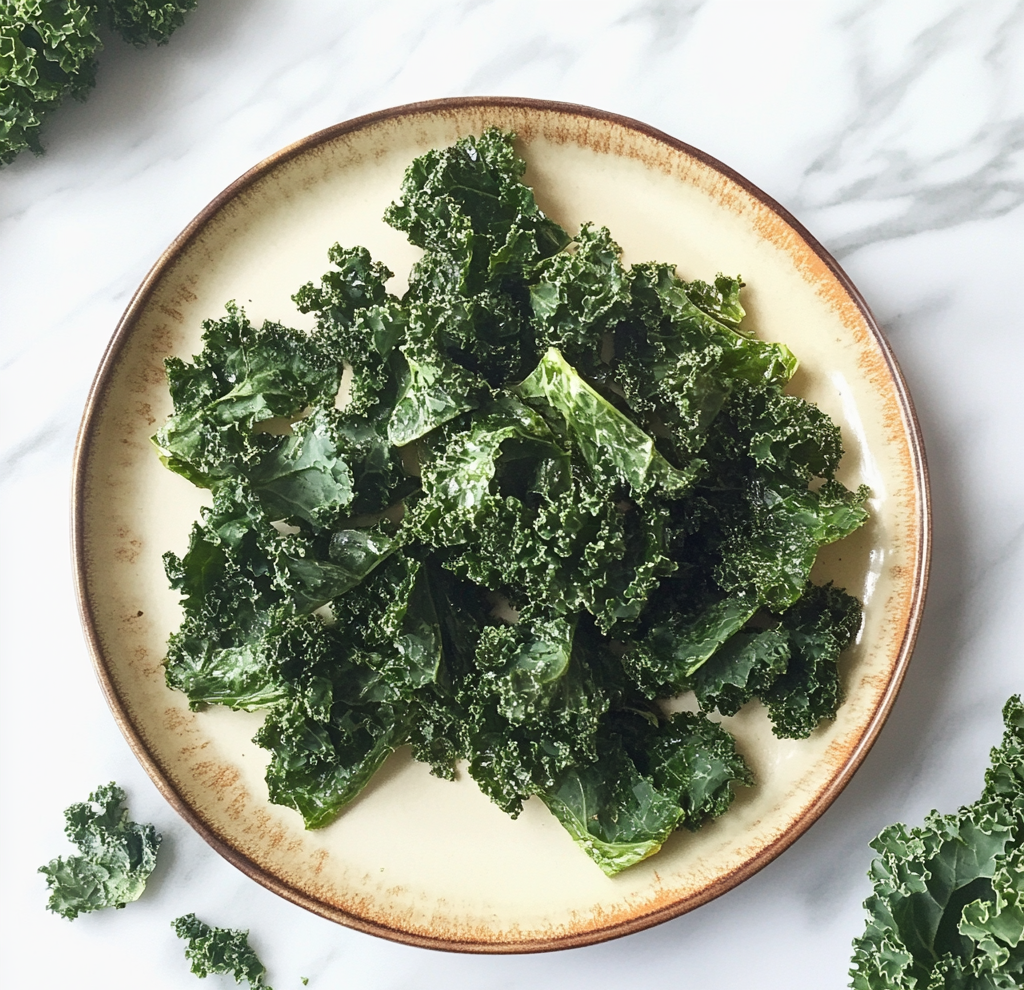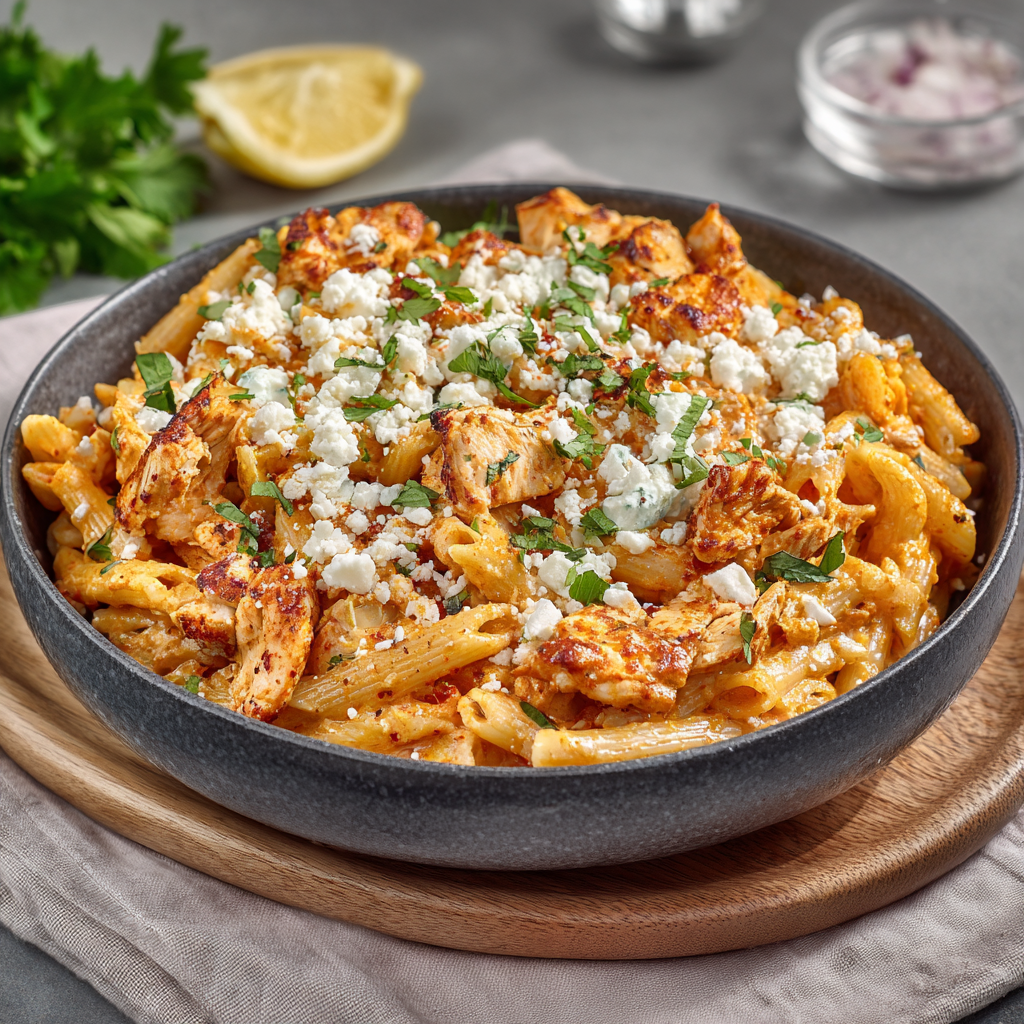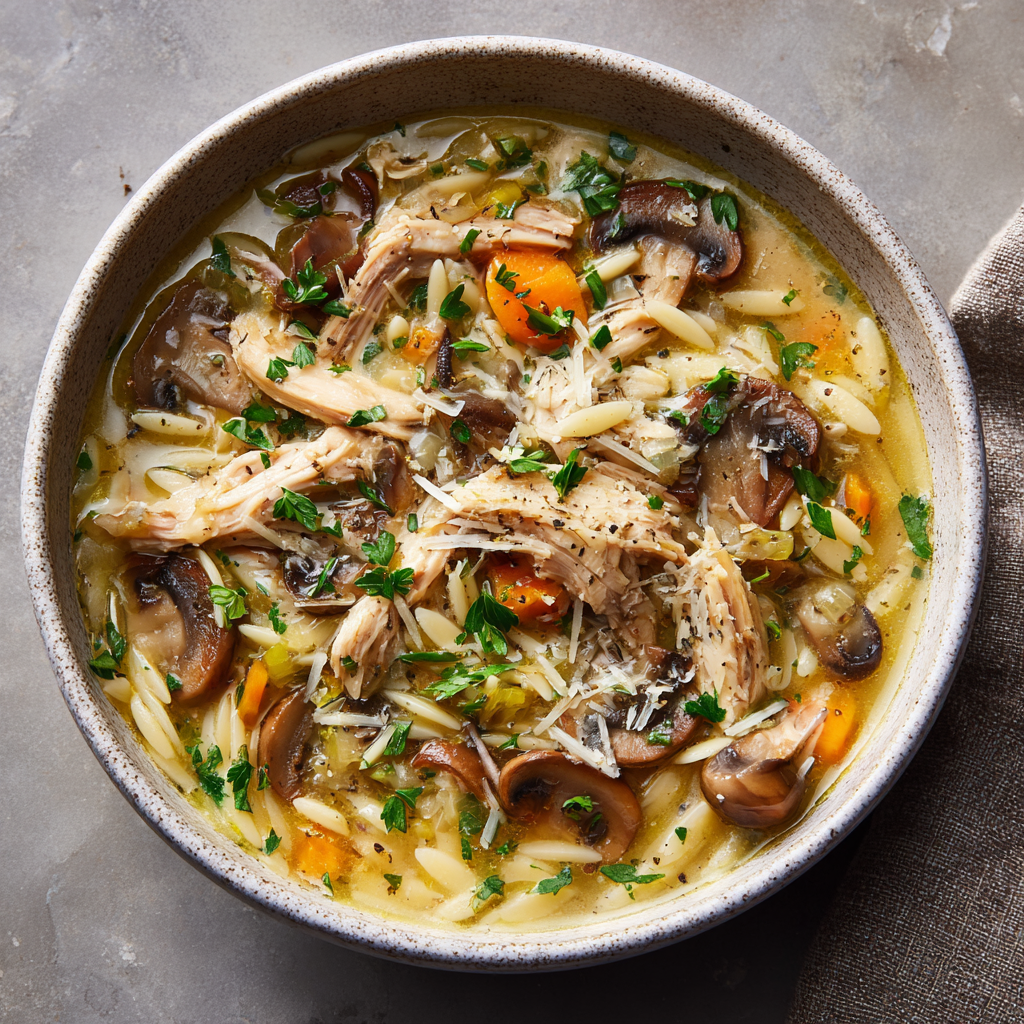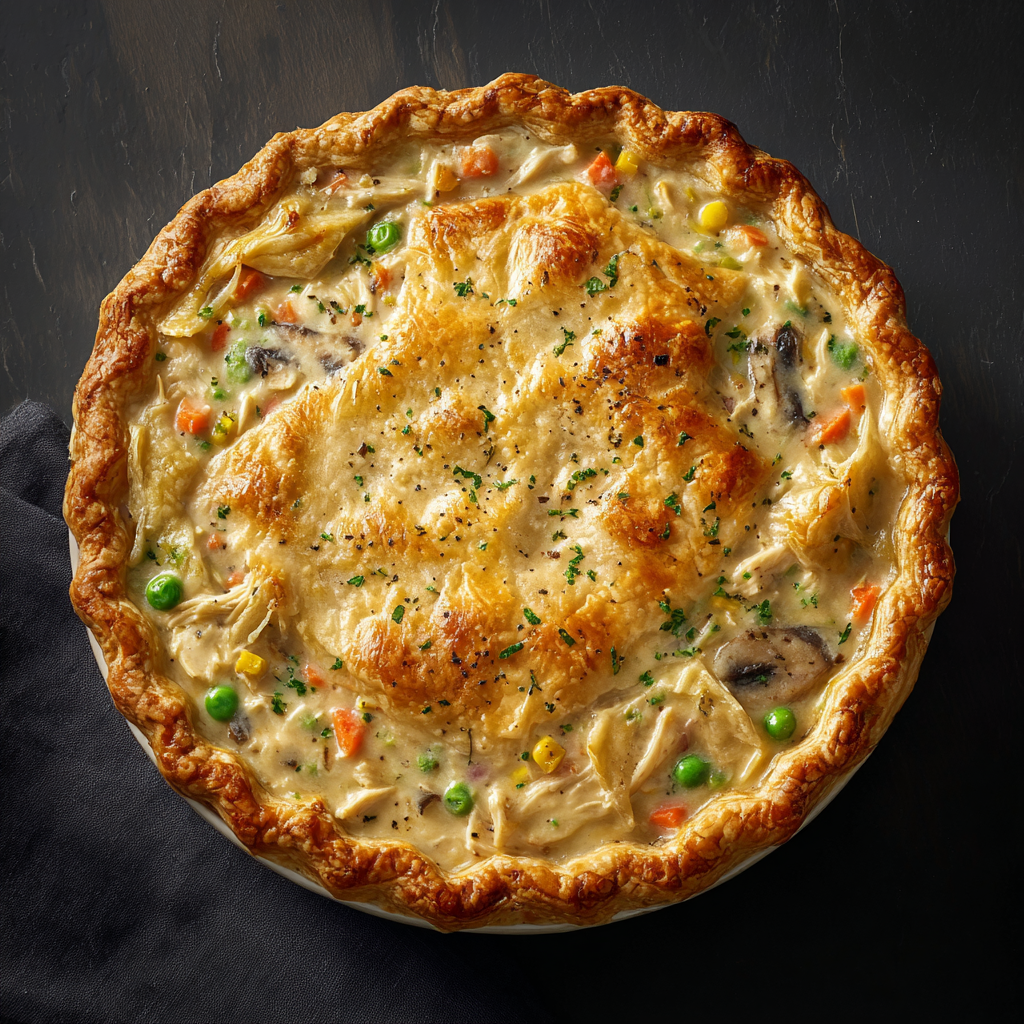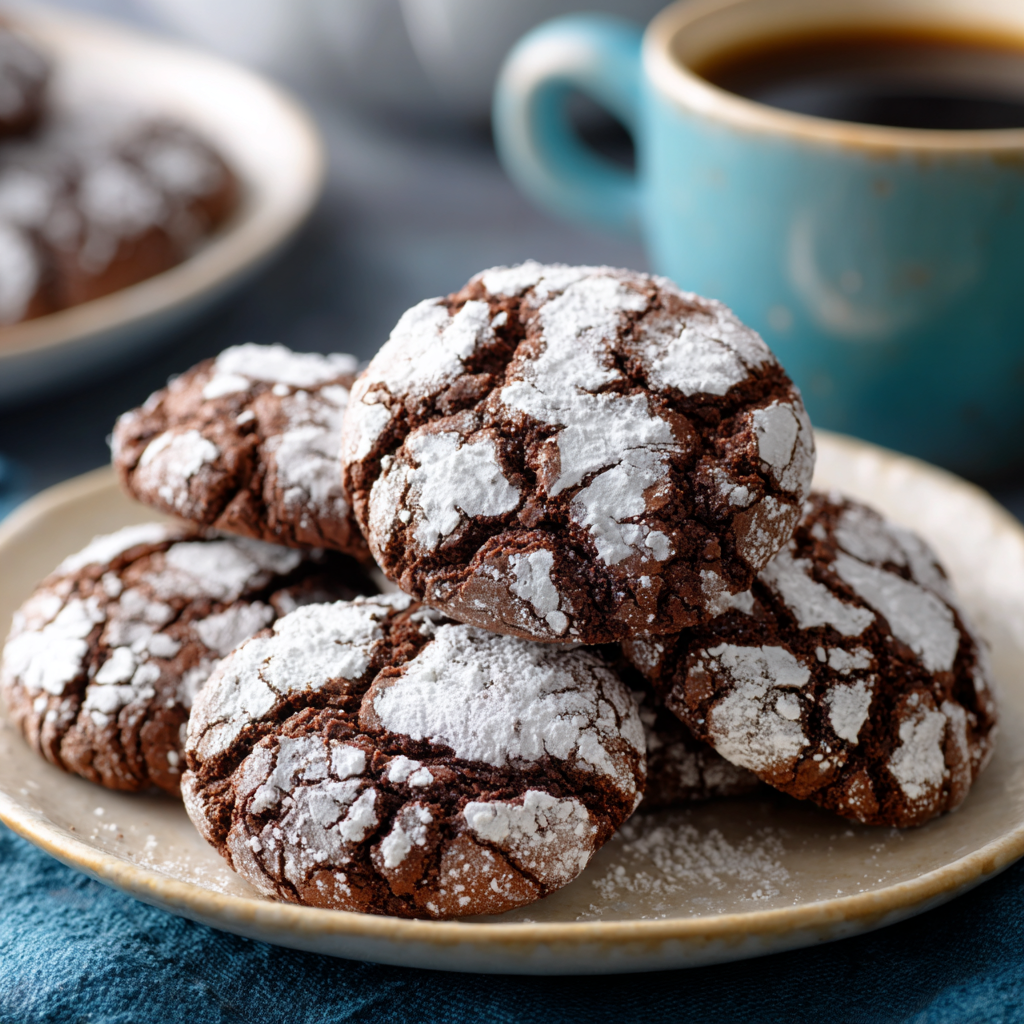Why Kale Chips Became My Kitchen Obsession
Hey there, snack squad! Olivia here, apron dusted with kale crumbs and eyes sparkling like flaky sea salt. Let’s talk about that universal craving: the irresistible CRUNCH. You know the one – when only a chip will do, but guilt starts doing the cha-cha in your conscience? That’s exactly where my baked kale chips waltz in, wearing a crispy cape and ready to save snack time. I’ll never forget the first time I pulled a tray of these from the oven. One minute, I’m staring at humble greens; the next, I’m shattering whisper-thin, salty shards that vanish faster than cookies at a bake sale. The magic? You need just 3 ingredients and 30 minutes to turn rugged kale into elegant, craveable crisps. No fancy skills required – just a baking sheet, a drizzle of oil, and that glorious low-and-slow roast that transforms leaves into edible stained glass. Whether you’re a veggie skeptic, a busy parent, or a Netflix-binger needing crunch therapy, these chips are your golden ticket. Let’s turn that oven on and make your kitchen smell like victory!
That Time Kale Chips Tricked My Nephews
Picture this: My sister’s kids, Liam and Noah, then 8 and 6, declared kale “monster food.” One rainy Saturday, I whipped up a batch of these chips while they built Lego castles. “Try one?” I teased, holding out a glittery green curl. Liam eyed it like a suspicious bug. Noah took a cautious nibble… then shoved three in his mouth. “Aunt Liv! These taste like DINOSAUR CHIPS!” (Highest praise, apparently.) Within minutes, they were “fishing” for chips off the tray with tongs, giggling as the crispy leaves shattered. My sister walked in, jaw dropping at the sight of her veggie-phobic boys inhaling kale. “Witchcraft?” she whispered. “Nope,” I grinned, “just oven alchemy.” That moment – crunchy, salty, and full of belly laughs – cemented these chips as my ultimate snack-time triumph. They’re not just food; they’re tiny, edible joy-bombs.
Your Kale Chip Toolkit: Simple & Swap-Friendly
- 1 bunch kale (curly or Lacinato) – Curly kale gives dramatic, ruffled chips; Lacinato (aka dinosaur kale) makes flatter, sturdier crisps. Chef’s tip: Avoid baby kale – too delicate! Stems? Toss ’em – they’re bitter troublemakers.
- 1 tbsp olive oil – Extra virgin adds fruitiness, but avocado oil works for higher smoke points. Swap alert: For oil-free chips, use 2 tbsp aquafaba (chickpea brine) whipped until foamy! It creates an insane crisp.
- 1 tsp flaked sea salt (Maldon rules!) – Flakes stick better and give satisfying bursts of saltiness. Chef secret: Salt AFTER baking to prevent sad, soggy chips. Table salt? Too harsh – it’ll overpower.
Bonus flavor boosters? Hold tight – we’ll get wild in the variations section! Pro move: Grab a salad spinner. DRYING YOUR KALE THOROUGHLY is non-negotiable. Wet leaves = steamed disappointment.
Crisp Perfection: Your Foolproof Blueprint
- Prep Like a Pro: Rip leaves from stems (save stems for stir-fries!). Tear into large, chip-sized pieces – they shrink dramatically. Wash in a colander, then SPIN-DRY like your crispiness depends on it (it does!). Pat stubborn damp spots with towels. Hack: Prep kale ahead and store dried pieces in the fridge overnight!
- Oil Tango Time: Dump kale into a big bowl. Drizzle oil over it. Now massage that oil into every nook with your fingers – yes, like kale spa treatment! This ensures no sad, floppy bits. Watch for: Over-oiling = greasy chips. You want a light, even sheen, not a pool.
- Bake Low & Slow: Preheat oven to 300°F (150°C). Spread kale in a SINGLE LAYER on parchment-lined sheets. Overcrowding = steamed kale tragedy. Bake 10 minutes, then rotate trays and flip chips with tongs. Bake another 10-15 minutes until edges curl and chips sound hollow when tapped. Chef’s whisper: Ovens lie! Start checking at 20 mins. They’re done when crisp, not brown (bitter alert!).
- Season & Serenade: Pull trays out. Immediately sprinkle salt while chips are hot (it adheres better!). Let cool 5 minutes – they crisp up MORE off the heat. Golden rule: Resist snatching them hot! They’re fragile and need cooling to set their crunch.
The Science Behind the Perfect Kale Chip Crunch
Let’s geek out for a minute: Why do kale chips actually crisp up? It’s all about moisture evaporation and the Maillard reaction (that magical chemical dance between amino acids and sugars that creates flavor). Kale leaves are like tiny water balloons—when heated slowly, the moisture inside turns to steam and escapes, leaving behind a delicate, porous structure. Too much heat? The outside burns before the water can flee, resulting in bitter ash. Too little? The leaves steam instead of crisp, turning into sad, chewy seaweed.
The Oil Factor: Oil isn’t just for flavor—it’s a conductor. A thin, even coat ensures heat transfers evenly across the leaf’s bumpy surface. Skip the oil entirely, and you’ll get brittle, papery chips that taste like lawn clippings. But go overboard, and the chips fry unevenly, becoming greasy. (Pro tip: Use a spray bottle for misting oil if you’re a chronic over-pourer.)
Salt Timing: Ever notice how kale chips taste bland if you salt them too early? Salt is hygroscopic—it pulls moisture out of the leaves. Sprinkle it pre-bake, and you’ll trap steam, leading to soggy chips. Post-bake salting lets the crisp structure shine while the salt crystals cling like flavor glitter.
Kale Variety Matters: Curly kale’s ruffled edges create more surface area for crunch, while Lacinato (dinosaur) kale yields a denser, potato-chip-like snap. Baby kale? Too tender—it’ll vanish in the oven. For the crunchiest chips, opt for mature kale with stiff ribs (just remove those stems!).
Fun experiment: Try baking a batch at 250°F, 300°F, and 350°F. At 250°F, they’ll take forever but stay vibrant green. At 350°F, they’ll brown fast—ideal for caramelized edges but riskier. 300°F? The Goldilocks zone.
Kale Chips Around the World: Global Flavor Twists
Why stop at sea salt? Kale chips are a blank canvas for global flavors. Here’s how to take your taste buds on a trip:
1. Tokyo Umami: Toss kale with toasted sesame oil + white miso paste (thinned with water). Post-bake, sprinkle with bonito flakes or nori crumbs. Crunch level: Light, with a savory punch.
2. Mumbai Masala: Massage kale with coconut oil + ½ tsp turmeric, ¼ tsp cumin, and a pinch of asafoetida (hing). Finish with chaat masala and lime zest. Crunch level: Bold, with tangy heat.
3. Italian Nonna: Whisk olive oil with minced garlic and rosemary. Post-bake, dust with grated Parmesan (or nutritional yeast for vegan). Crunch level: Herbaceous, with a cheesy bite.
4. Mexican Elote: Brush leaves with lime mayo (or vegan mayo + lime juice), then sprinkle with chili powder, cotija cheese, and cilantro. Crunch level: Creamy-meets-fiery.
5. Moroccan Souk: Mix harissa paste into oil, then toss kale with ras el hanout spice blend. Post-bake, drizzle with honey. Crunch level: Sweet, smoky, and complex.
Storage Hack for Flavored Chips: Keep spice-rubbed chips in an airtight container with a silica packet (or a folded paper towel) to prevent clumping. Humid climates? A 5-minute oven revive brings back the snap.
Kale Chips vs. The World: How They Stack Up
Let’s settle the snack debates:
vs. Potato Chips:
-
Calories: 70 vs. 150 per serving
-
Fat: 4g (unsaturated) vs. 10g (often saturated)
-
Crunch: Kale wins on crispiness but loses on grease appeal (nostalgia matters).
-
Nutrition: Kale delivers 200%+ of your daily Vitamin A; potatoes offer… potassium?
vs. Popcorn:
-
Volume: Popcorn wins for mindless munching.
-
Flavor Carrying Power: Kale’s nooks hold spices better.
-
Tooth Risk: Kale won’t stab your gums like rogue popcorn hulls.
vs. Store-Bought Veggie Chips:
-
Cost: Homemade kale chips: ~$1 per batch. Store-bought: $5 for a tiny bag.
-
Ingredients: Yours = kale, oil, salt. Theirs = often “kale powder,” rice flour, and mystery preservatives.
-
Satisfaction: Fresh-from-oven warmth beats stale bag vibes.
The Verdict: Kale chips aren’t here to replace snacks—they’re here to expand your crunchiverse.
Beyond the Bowl: Serving Magic
Slide these emerald gems into a wide, shallow bowl so everyone can admire their craggy beauty. They’re stellar solo, but try crumbling them over creamy soups (bye, croutons!), scattering on avocado toast for crunch, or stacking alongside a turkey club sandwich. Hosting? Serve in mini paper cones for a fun, food-cart vibe. Pro tip: Pair with a tangy dip – Greek yogurt mixed with lemon zest and garlic loves kale chips!
Flavor Adventures: 5 Ways to Shake It Up
- “Cheesy” Magic: Post-baking, dust with 2 tbsp nutritional yeast + ¼ tsp garlic powder. Vegan umami bomb!
- Fiery Fiesta: Toss kale with oil + ½ tsp smoked paprika + ¼ tsp cayenne before baking.
- Lemon-Pepper Zing: Add 1 tsp lemon zest + ½ tsp cracked black pepper to oil mixture.
- Everything Bagel Bliss: After baking, sprinkle with Everything Bagel seasoning instead of salt.
- Sweet & Smoky: Whisk 1 tbsp maple syrup into oil + ½ tsp chipotle powder. Sweet heat heaven!
Confessions of a Kale Chip Addict
Okay, truth bomb: My first batch was a charcoal disaster. I cranked the oven to 400°F, thinking “faster=better.” Nope. Kale incineration. Lesson learned: LOW. AND. SLOW. is the crispy mantra. These chips also taught me patience – rushing the cooling step leads to heartbreaking crumbs. Over the years, I’ve gotten bolder with flavors (wasabi powder, anyone?), but the core technique remains sacred. Funny story: My dog, Biscuit, once snatched a whole tray cooling on the counter. Now I deploy “kale chip security protocols” (aka oven with door cracked). They’re that good – even dogs can’t resist!
Kale Chip SOS: Fixing Common Crisp Catastrophes
Q: Why are my chips soggy/chewy?!
A: Three culprits! 1) Kale wasn’t bone-dry pre-baking (spin, spin, spin!). 2) Overcrowded baking sheet traps steam. 3) Added salt BEFORE baking – it draws out moisture. Fix: Dry thoroughly, use two trays, salt only after baking!
Q: Help! Some chips burned while others wilted!
A: Uneven sizing is the enemy! Tear pieces uniformly (no tiny shreds!). Rotate trays AND flip chips halfway. Oven hotspots? Position trays in the middle rack, not too close to elements.
Q: Can I use an air fryer?
A: Absolutely! 360°F (180°C) for 6-8 mins. Shake basket every 2 minutes. Work in small batches – air circulation is key!
Q: How do I store leftovers (if any!)?
A: They’re happiest fresh. If you must, cool COMPLETELY, then stash in an airtight container with a silica packet (or dry rice in a cloth pouch) to absorb moisture. Revive in a 300°F oven for 2 mins if they soften.
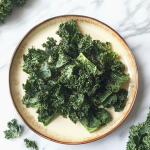
Baked Kale Chips
- Total Time: 35 min
Description
There’s a magic in the moment kale becomes chips. One rainy afternoon, I baked a batch on a whim—and even my picky nephews devoured them, dubbing them “dinosaur chips.” That simple joy turned these into my go-to snack obsession. Light, crackly, and shockingly satisfying, they’re perfect for guilt-free munching. Whether you’re feeding kids or just feeding a crunch craving, this 3-ingredient wonder is your new kitchen hero.
Ingredients
-
1 bunch kale (curly or Lacinato)
-
1 tbsp olive oil (or 2 tbsp aquafaba for oil-free)
-
1 tsp flaked sea salt (add after baking)
Instructions
-
Prep the Kale: Remove stems, tear leaves into large chip-sized pieces. Wash, spin, and dry thoroughly.
-
Massage: Toss kale in a bowl, drizzle with oil, and gently massage to coat evenly.
-
Bake: Spread in a single layer on parchment-lined trays. Bake at 300°F (150°C) for 10 minutes. Flip and rotate trays; bake another 10–15 minutes.
-
Season & Cool: Sprinkle salt while hot. Let cool for 5 minutes to crisp fully.
Notes
-
DRY kale = crisp kale. Use a salad spinner!
-
Avoid overcrowding trays.
-
Chips crisp more as they cool—don’t rush it!
-
Use a silica pack or dry rice pouch to store.
- Prep Time: 10 min
- Cook Time: 25 min
Nutrition
- Calories: 70 cal
- Fat: 4g
- Carbohydrates: 6g
- Fiber: 2g
- Protein: 2g
Snack Smart, Crunch Happy
Per Serving (¼ recipe): ~70 calories | 2g protein | 4g fat (heart-healthy!) | 6g carbs | 2g fiber | Vitamin A & C powerhouse!
Final Thoughts: More Than Just a Chip
Kale chips started as a health hack but became my kitchen’s gateway drug to creativity. They taught me patience (low and slow!), precision (dry those leaves!), and the joy of turning skeptics into believers (looking at you, nephews). They’re proof that simple ingredients, treated right, can become something extraordinary—whether you’re dressing them up with global flavors or savoring them bare.
So here’s to the underdog leaf that could. May your trays be crisp, your seasoning bold, and your snack breaks unapologetically crunchy. Now go forth and bake fearlessly!

